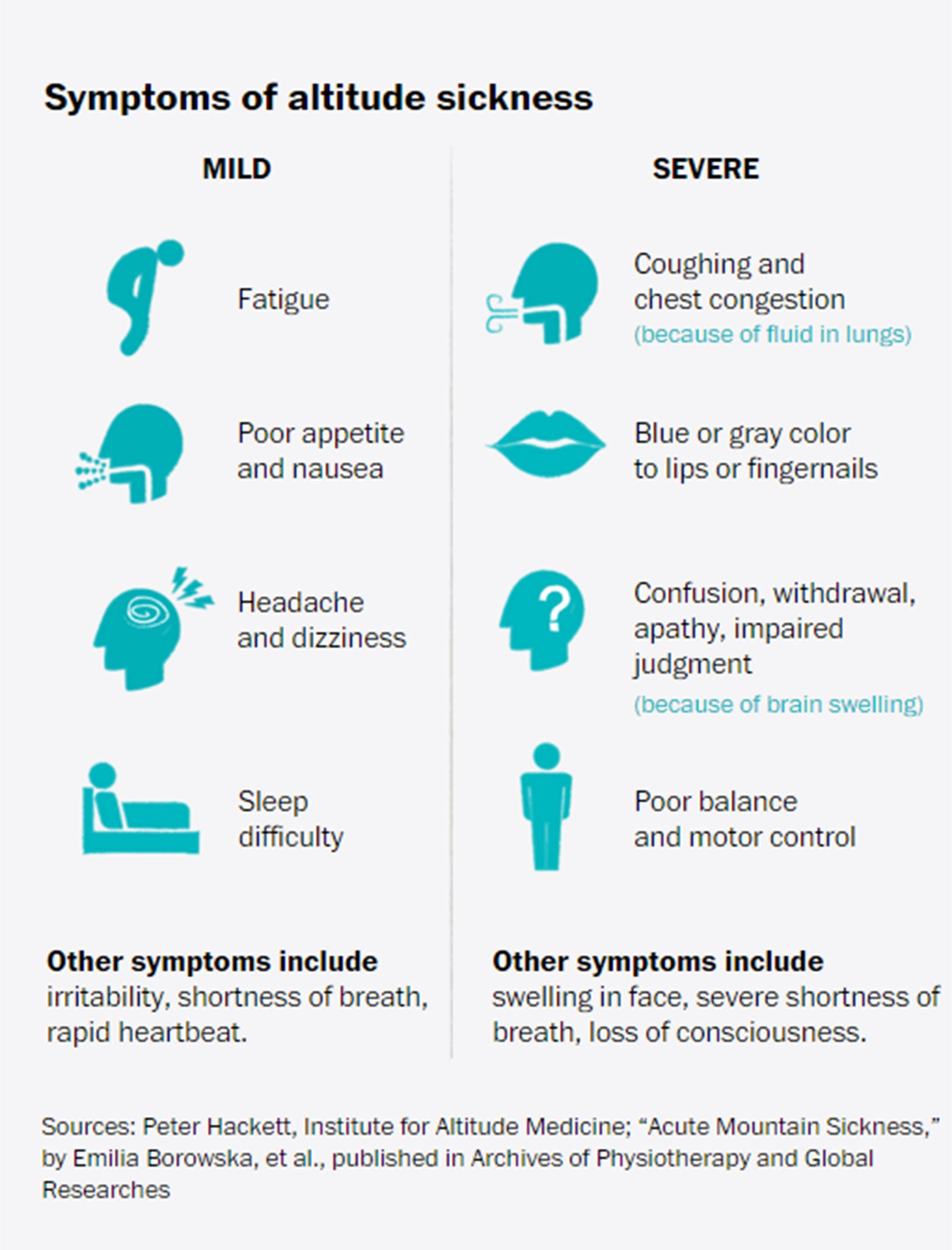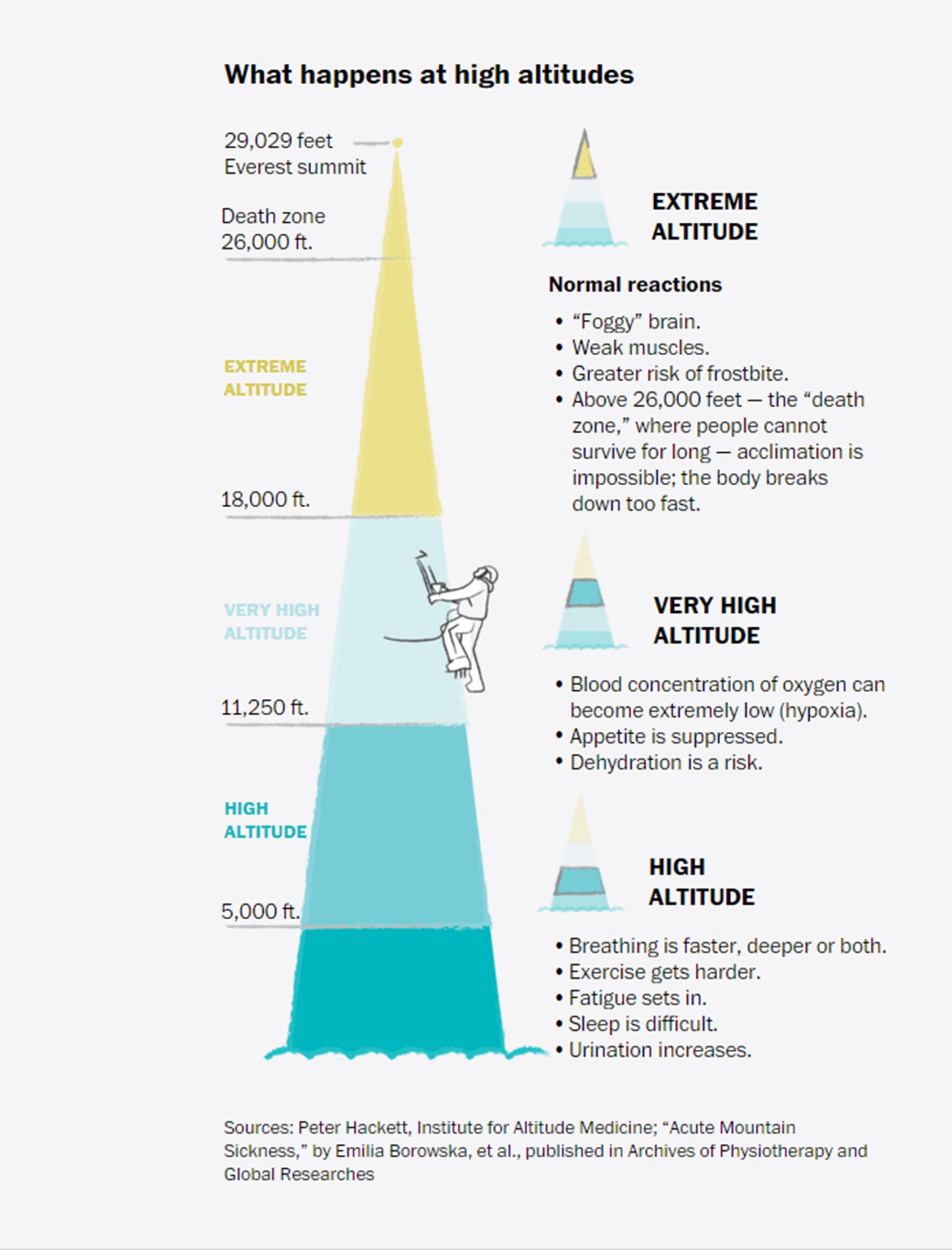What it's like to climb Mount Everest without oxygen

Your support helps us to tell the story
From reproductive rights to climate change to Big Tech, The Independent is on the ground when the story is developing. Whether it's investigating the financials of Elon Musk's pro-Trump PAC or producing our latest documentary, 'The A Word', which shines a light on the American women fighting for reproductive rights, we know how important it is to parse out the facts from the messaging.
At such a critical moment in US history, we need reporters on the ground. Your donation allows us to keep sending journalists to speak to both sides of the story.
The Independent is trusted by Americans across the entire political spectrum. And unlike many other quality news outlets, we choose not to lock Americans out of our reporting and analysis with paywalls. We believe quality journalism should be available to everyone, paid for by those who can afford it.
Your support makes all the difference."I’d be literally having to force myself after that 15th breath to take the next step,” said Ed Viesturs, the only American who has stood atop all 14 of the world’s 8,000-meter peaks — and he scaled them all without using supplemental oxygen. “Up there, you do something that’s too aerobic all of a sudden and you lay there for 10 minutes trying to catch your breath."
Most people who climb Everest begin using supplemental oxygen — just "oxygen", in climbing terms — at around 23,000 feet (about 7,000 meters). Above 26,000 feet, nearly everyone uses it, including most Sherpa guides. The tiny subset of climbers who don’t use bottled oxygen account for about 3 percent of total summits but 22 percent of the 111 deaths that have occurred above 26,000 feet, according to Richard Salisbury of the Himalayan Database.
Until this month, no one had been on top of Everest for two years; a catastrophic earthquake in Nepal triggered an avalanche that killed 24 on the mountain last year, ending the climbing season.
This month, several hundred climbers have summited Everest, at least four have died, and more are still climbing. But very few will reach the peak without oxygen masks blocking their view.
Among those trying are two U.S. climbers, veteran expedition guide Adrian Ballinger of Squaw Valley, Calif., and National Geographic photographer Cory Richards of Boulder, Colo. The two are climbing without oxygen and hope to reach the summit today.
In the thin atmosphere on Everest’s peak, 29,029 feet up, each breath pulls in less than a third of the oxygen of a breath at sea level.
Many science and medical professionals assumed that attempting the climb without bottled oxygen was suicidal until 1978, when Reinhold Messner and Peter Habeler did it. Messner later wrote that he felt like “nothing more than a single narrow gasping lung, floating over the mists and summits” during his desperate crawl to the top.
A Mexican climber reached the top of Everest without oxygen on May 12. Before that, the most recent summit without oxygen and the most recent death without it occurred four days apart in May 2013.
"Even if you’re on oxygen at extreme altitude, you can’t get nearly enough oxygen to feel good or be completely safe," said Peter Hackett, founder of the Institute for Altitude Medicine in Telluride, Colo. "Without oxygen, your body is slowly dying."
That marked lack of oxygen, called hypoxia, causes a cascade of physical effects, Hackett said.
Breathing rate increases as the body tries to pull in more oxygen. Physical tasks become harder because muscles require oxygen and breathing requires so much extra effort.
Appetite is diminished, and food isn’t absorbed efficiently. The resulting calorie deficit worsens the fatigue. Climbers too tired to melt snow for water become dehydrated.

Blood thickens as the body produces more oxygen-carrying red cells. Frostbite is much more likely as the body shunts oxygen-rich blood toward its core and away from extremities. Sleeping is difficult because less oxygen reaches the sleep centers of the brain.Lack of sleep and lack of oxygen combine to impair thinking and cloud judgment.
People may hallucinate, or take risks they shouldn’t, or just become too tired, sit down and never get up.
And all that is what happens to the people who don’t actually become ill.
Acute mountain sickness starts out feeling like a hangover with headache and nausea, and it can progress to poor motor control, confusion, swelling in the brain, fluid in the lungs, coma and death.
Even some climbers who appear to make it down just fine discover later that they’ve suffered permanent brain damage.

Which prompts a question: Why would anyone try to go up Everest without oxygen in the first place?
It’s the challenge, climbers say, but it is also a matter of honor.
“If I’m going to go to a mountain that’s 29,000 feet high like Everest, I want to climb that 29,000-foot mountain,” said Viesturs, 56, who last climbed Everest in 2009 and who still guides expeditions on Mount Rainier in Washington state. “In respect for the mountain, I try to climb it under its terms. . . . It’s not as intriguing if I bring the mountain down.”
Physiologically, bringing the mountain down is exactly what supplemental oxygen does, which is why some hardcore climbers feel it is cheating.
Biophysicist Thomas F. Hornbein, who climbed Everest in 1963, calculated that the summit feels only half as high as it actually is to a person who is resting on top and breathing bottled oxygen at three liters per minute. (Two to three liters per minute is a fairly typical flow rate, Hackett said.) Even if that person were working hard — and breathing hard — rather than resting, the mountain would still feel about a mile lower less tall than it actually is.
“People always say it feels like you’re Superman, and you can go faster, and you stay warmer,” said Viesturs, who added that not only did he not feel perkier when he tried climbing with oxygen, but the mask made him feel claustrophobic.
At the summit, breathing bottled oxygen at a flow rate of 3 liters of oxygen per minute ...
If you are resting, you’ll feel as if you were about 15,000 feet lower.
Before the trip began, Ballinger said that after two climbing seasons overshadowed by deadly avalanches and the devastating earthquake, he wants to remind people that the mountain is special.
He and Richards insist that they are not being reckless. They spent weeks acclimating to the altitude, and Ballinger even slept in a hypoxic tent to mimic altitude before he traveled to Everest. They are in constant contact with medical personnel through satellite Internet — and with just about everyone else on Instagram, Snapchat, Facebook and other social media at #EverestNoFilter. They have a supply of bottled oxygen stashed at 26,000 feet in case they become ill or change their minds.
But there is no way to know how they will tolerate the dearth of oxygen until they get to that height.
Ballinger has summited Everest six times, all of them while using oxygen. Richards had hoped to climb without oxygen in his one previous attempt in 2012 but became ill and had to be airlifted off the mountain.
“What scares me is how I will walk that fine line between success and death,” Ballinger said before the climb. “I want to try to find that line and stay on the correct side of it.”
Whether he does or not may not be up to him, said Hackett, who said that extreme altitude tolerance probably depends more on genetics than fitness or preparation. Many experienced, well-trained mountaineers have failed to meet Everest’s terms.
"Without oxygen," Viesturs said, "99 percent of the people who have climbed Everest wouldn’t have climbed Everest."
Copyright: Washington Post
Join our commenting forum
Join thought-provoking conversations, follow other Independent readers and see their replies
Comments